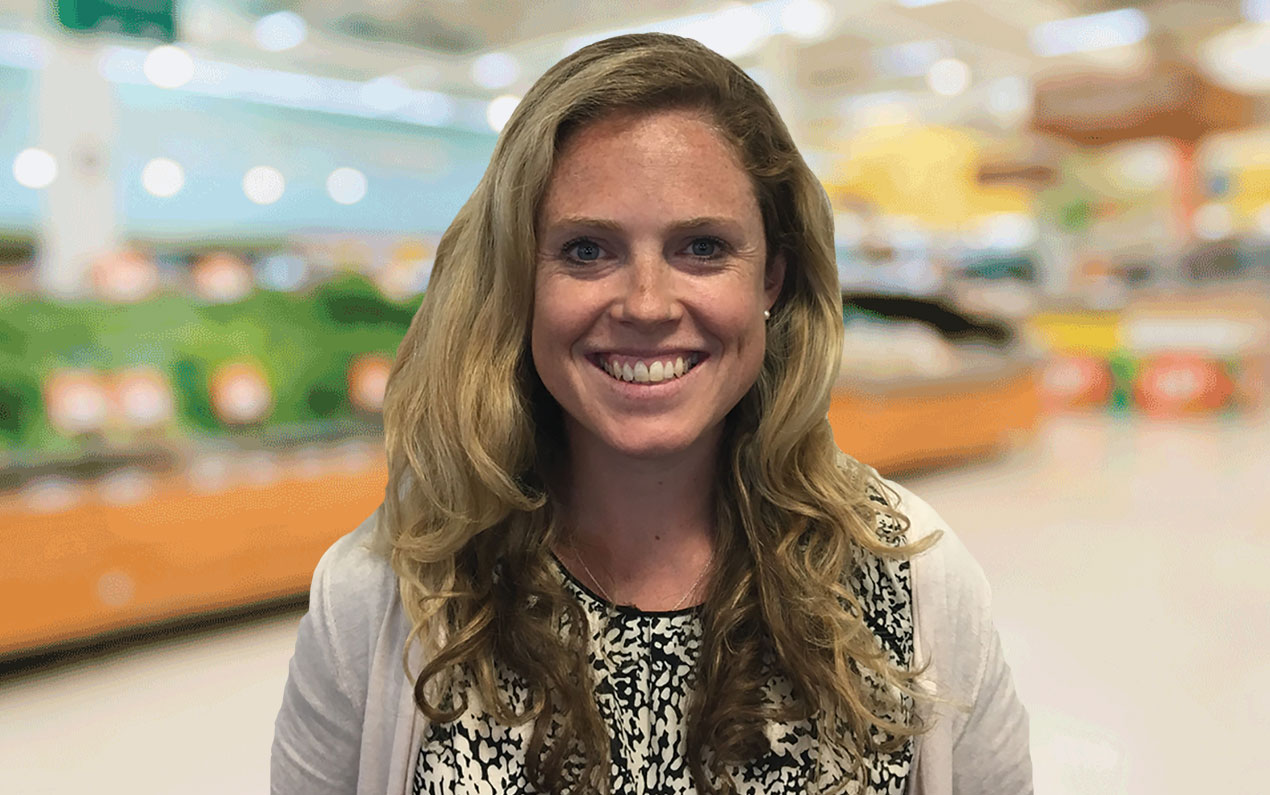More consumers are actively trying to improve their diets. What do you think independent convenience stores can do to take advantage of this trend?
It’s important to look at the context of snacking. Around 63% of people snack at least once a day, and 40% of those are looking for a healthy snack. However, healthy means different things to different people.
What’s really important is understanding the segmentation of the snacking market. Someone walking into a convenience store could be looking for a fruit snack, popcorn or a functional health bar, such as Nature Valley Protein. Equally, they could be looking for a sweet treat.
The rate of new product launches in cereal and snack bars has been very high in the past few years. How can independent retailers decide which ones to stock?
It’s important not to get distracted by the latest new product developments; we have to address some of the fundamentals.
Right now, if you look at the independent sector, single snack bars have less than 50% weighted distribution. That means we’re not maximising single snack bars.
There’s a huge amount of ‘white space’ out there, which is why General Mills is working with retailers to set their stores up for success and maximise their sales.
In terms of trends, we’re seeing growth in free-from, functional health and protein. Veganism is on the rise and we’re trying to capitalise on that with our recently launched Larabars, which are 100% vegan.
A lot of retailers are looking at food-to-go meal deals in their stores. Can retailers incorporate cereal bars into these offers?
Cereal bars do surprisingly well at lunchtime within workplaces, as well as having a lot of consumption in lunch on the move. We recommend retailers stock cereal bars beside their food-to-go lunch offers to capitalise on these trends.
Snacking isn’t just limited to lunch – it happens throughout the day. Our Fibre One bars perform particularly well in the afternoon, for example, as a guilt-free treat.
Again, it’s about correctly stocking and siting those segments which perform particularly well at different times of the day.
We’ve sited Nature Valley Crunchy bars in the meal deals at a lot of Co-op stores. Within that, we’ve seen about 150% uplift in them going into meal deals. The nation is looking for healthy snacks, and cereal bars support that need.
Do Nature Valley products tend to be more popular in certain parts of the country?
We don’t find a huge difference in sales output across the UK, or see any trends specific to certain regions. Within London, there’s a slight overindex, but we put that down to a bias in population density rather than anything we’re driving as a brand. In terms of our advertising, we’re a national brand.
As for age groups, we also have a broad customer base as well. Nature Valley Crunchy is popular with people outdoors looking for a pick-me-up, while Fibre One is a guilt-free treat, with a slight bias towards women, and people dieting. The trends are based more on lifestyle than age.
How often do your reps visit convenience stores stocking your products?
We have a retailer panel, and our field sales team is helping to educate them on what better-for-you snacking ranging and merchandising should look like.
We’re going to increase our focus on field sales in the next 12 months, increasing our frequency of visits and providing holistic support to help retailers understand the better-for-you snacking category, how to segment their store and how to capitalise on sales and meet the needs of their consumers.






Comments
This article doesn't have any comments yet, be the first!